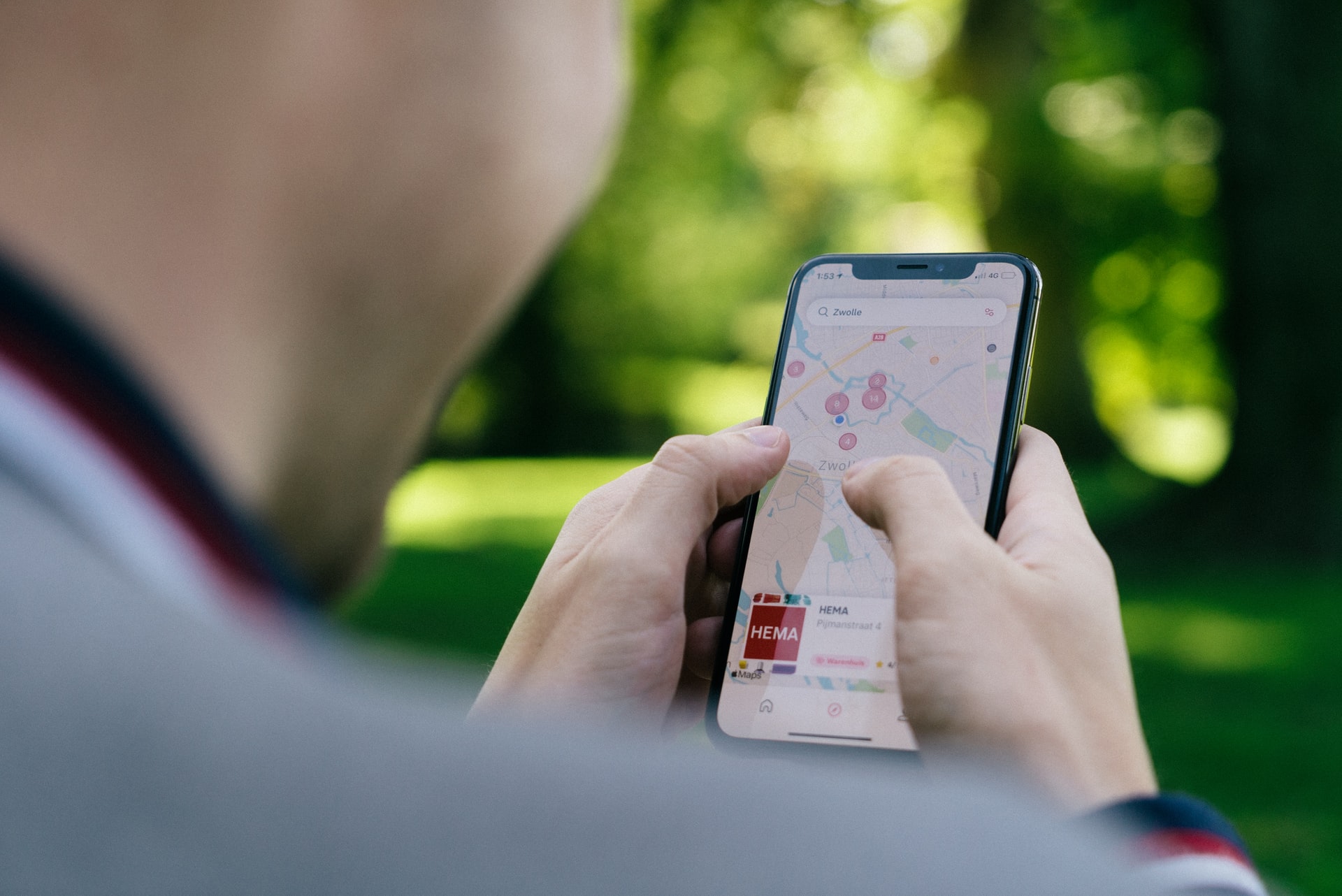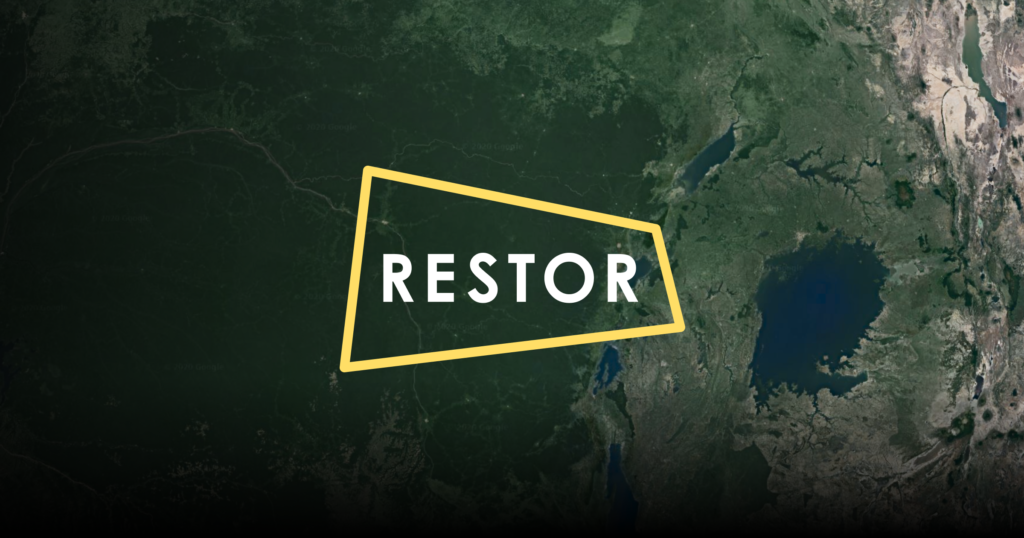Google Maps is Making Moves for the Planet

We all know and use Google in our everyday lives, whether it be Google maps, Google docs or just a plain old Google search. Google is one of those brands that almost become invisible to us because we use it so frequently and rely on it for so many different things. When we become so heavily reliant on a brand and its features, we often forget to think about the bigger picture behind that brand. Here, I will help you dive into the bigger picture behind Google and how the brand is striving to be and do better!
Google Maps and Carbon Emission
A new Google maps feature has the potential to save over 1 million tons of carbon emissions a year. How?
1 million tons of carbon emissions are emitted annually from over 200,000 cars. As of October 5th, Google maps users can now select their route based on what will be the lowest carbon emission route. To calculate the most efficient route, Google maps takes into consideration traffic and road incline.
In order to accomplish this app update, Google Maps partnered with the US Department of Energy. In addition to what driving routes will have the least carbon emission, they are also providing information about the least carbon emission for different flight routes.
This app feature makes it that much easier to make a difference in your everyday life and it feels so rewarding to know you’re actively making a decision to do better.
Google Maps for Nature
Google Maps recently launched a new platform called Restor which allows you to click on an area of land anywhere on the planet and it will tell you how much tree coverage has been lost over time, how much carbon is in the soil there, and how much tree coverage could potentially be restored.
If you open a new map on a platform called Restor and click to outline an area of land anywhere on the planet, the site will tell you how much tree cover has been lost over time, how much carbon is stored in the soil, and how much could potentially be added if the area was restored.

In addition to providing us with information about what can be improved, Restor furthers their impact by mapping out the current restoration projects, which currently include 72,000+. The platform also has the capability of connecting these restoration projects with one another in addition to providing connections with possible volunteers and donors.
This project was founded at ETH Zurich’s Crowther Lab with support from Google. Created by a network of scientists, the platform is heavily supported by data. All of the different factors involved in restoration, such as rainfall patterns, tree species and where they thrive are accounted for, which really helps that much more. A lot of “Plant a Tree” foundations and movements before this one have failed from simple lack of information. Planting the wrong tree species in the wrong demographic can do more harm than good. Knowledge is power.
President of Koala Clancy Foundation, which restores nature habitats for koalas, Janine Duffy, explains: “It means we can say to our donors how much our plantings have had a positive impact on climate change. This is a tool that is otherwise only available, I believe, by paid subscription to high tech software, which is financially out of reach of small organizations.”
Restor says that if all goes well and they continue to grow, more than 60% of species extinctions, 300 billion metric tons of CO2 and food security for more than 1.3 billion people could be saved.
Brand Power
When a company like Google goes to such great lengths to do and be better, it causes a ripple effect. They are quite literally a catalyst for further change in that others will see the impact they’ve created and want to do the same, if not more.
#LiveBetter and #MoveBetter
With something like Restor, the average person can really get a better understanding of what’s going on right in front of them. That creates the difference between the problem seeming far away and the reality of the problem is here. What’s your neighborhood looking like?


Leave a Reply